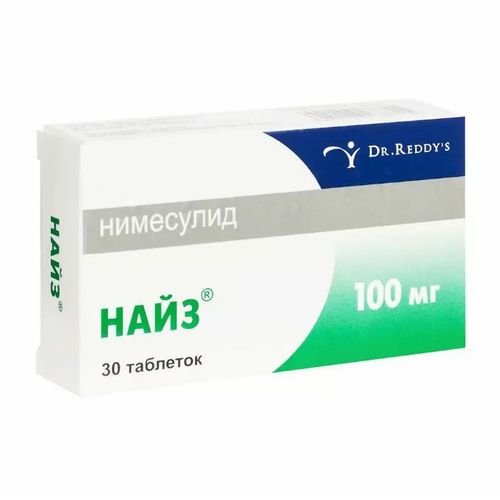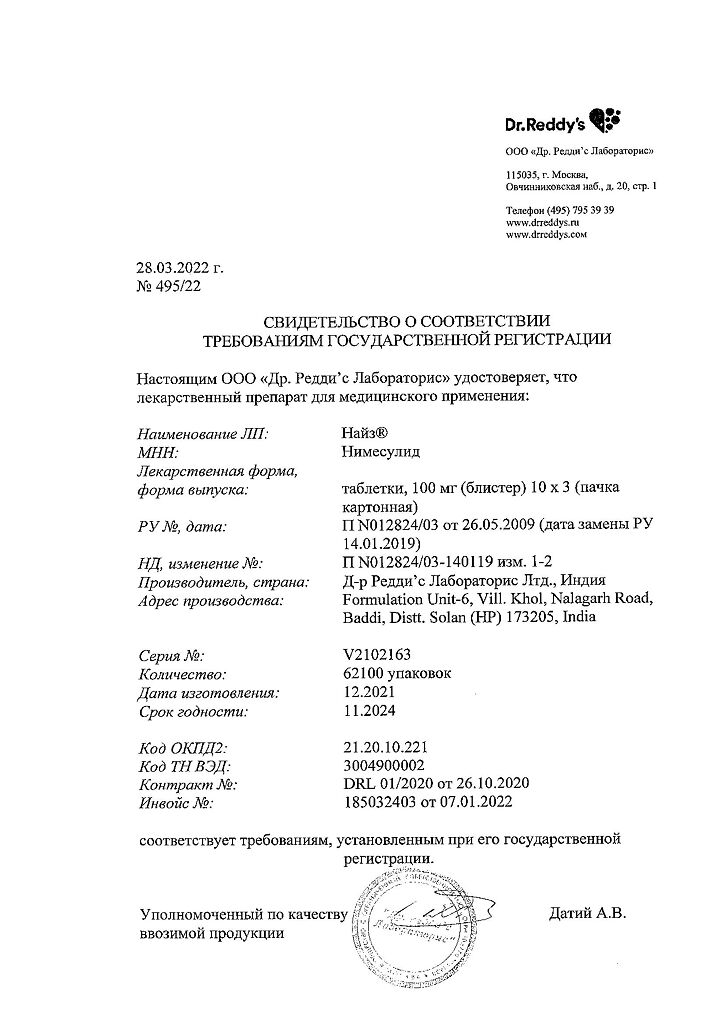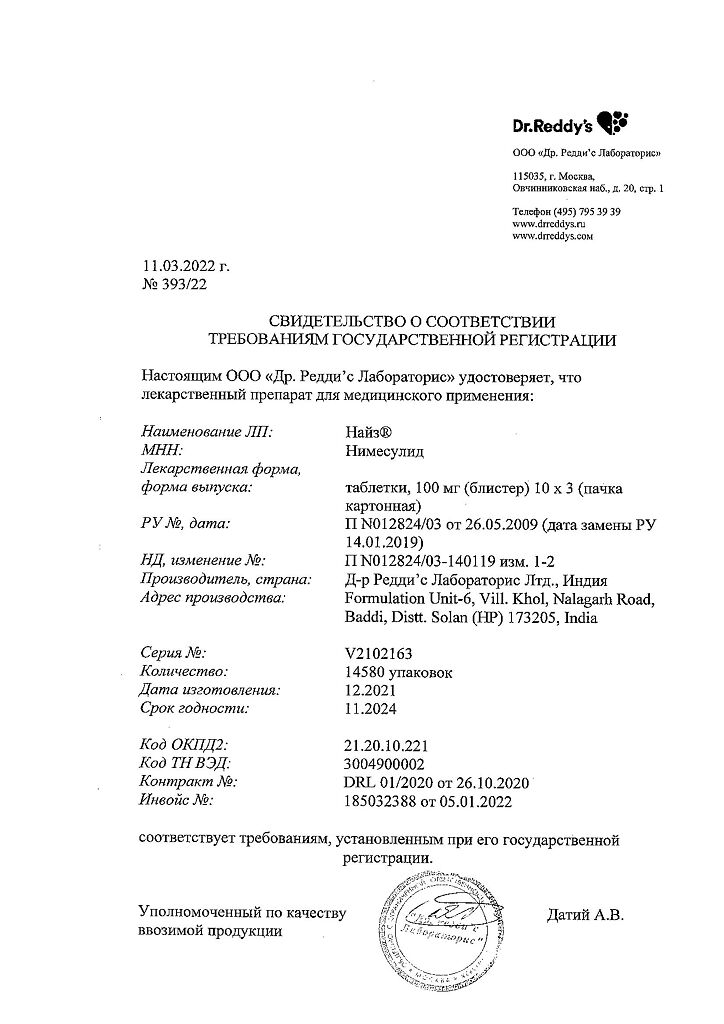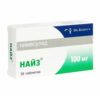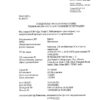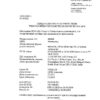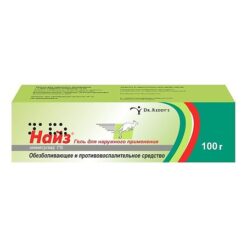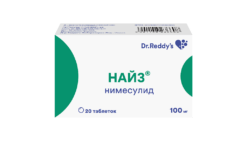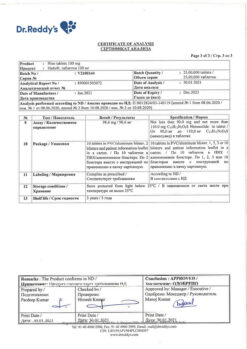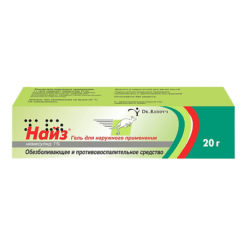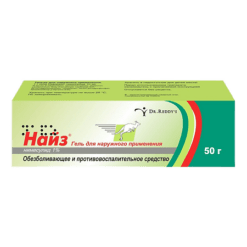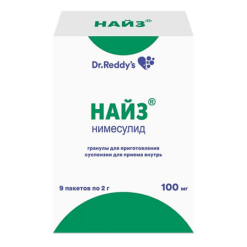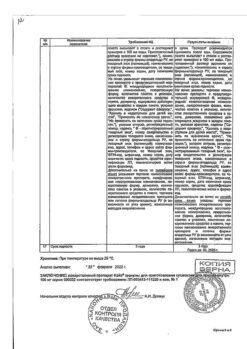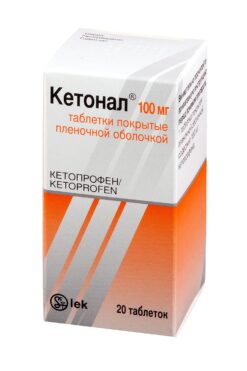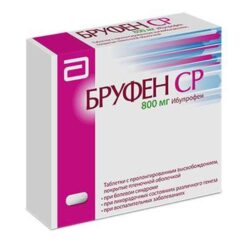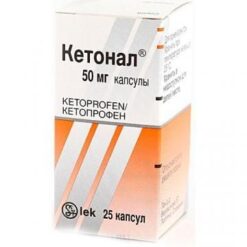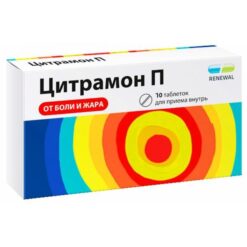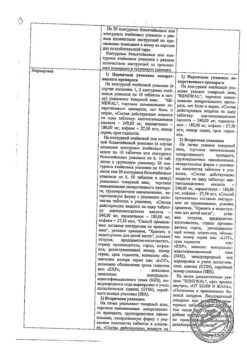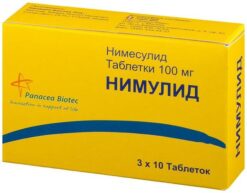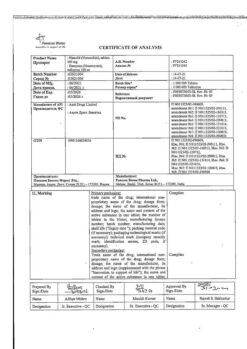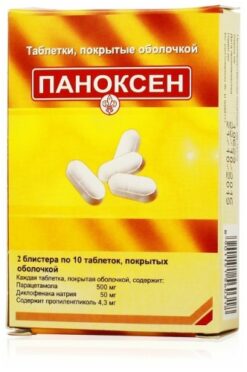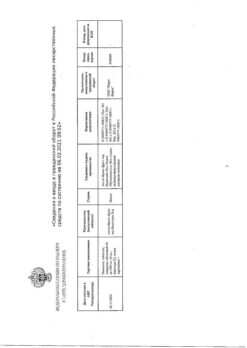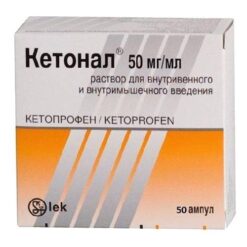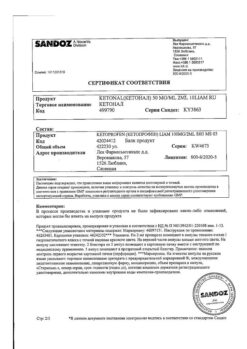No products in the cart.
Nais, tablets 100 mg 30 pcs
€10.47 €8.55
Description
– rheumatoid arthritis;
– joint syndrome with gout exacerbation;
– psoriatic arthritis;
– ankylosing spondylitis;
– osteochondrosis with radicular syndrome;
– osteoarthritis;
– myalgia of rheumatic and non-rheumatic genesis;
– inflammation of ligaments, tendons, bursitis, including post-traumatic inflammation of soft tissue;
– pain syndrome of different genesis (including in the postoperative period, in trauma, algodysmenorrhea, toothache, headache, arthralgia, lumboishalgia).
The drug is intended for symptomatic therapy, reduction of pain and inflammation at the time of use, does not affect the progression of the disease.
Indications
Indications
– rheumatoid arthritis;
– articular syndrome during exacerbation of gout;
– psoriatic arthritis;
– ankylosing spondylitis;
– osteochondrosis with radicular syndrome;
– osteoarthritis;
– myalgia of rheumatic and non-rheumatic origin;
– inflammation of ligaments, tendons, bursitis, including post-traumatic inflammation of soft tissues;
– pain syndrome of various origins (including in the postoperative period, with injuries, algodismenorrhea, toothache, headache, arthralgia, lumbar ischialgia).
The drug is intended for symptomatic therapy, reducing pain and inflammation at the time of use, and does not affect the progression of the disease.
Pharmacological effect
Pharmacological effect
Pharmacotherapeutic group: non-steroidal anti-inflammatory drug (NSAID).
Special instructions
Special instructions
Since Nise® is partially excreted by the kidneys, its dose should be reduced in patients with impaired renal function, depending on creatinine clearance. Given reports of visual disturbances in patients taking other NSAIDs, treatment should be stopped immediately if any visual disturbance occurs and the patient should be examined by an ophthalmologist.
The drug can cause fluid retention in tissues, so patients with high blood pressure and cardiac problems should use Nise® with extreme caution.
Patients should undergo regular medical monitoring if they, along with nimesulide, take medications that are characterized by an effect on the gastrointestinal tract.
If signs of liver damage appear (itching, yellowing of the skin, nausea, vomiting, abdominal pain, dark urine, increased levels of liver transaminases), you should stop taking the drug and consult your doctor. The drug should not be used simultaneously with other NSAIDs.
The drug can change the properties of platelets, but does not replace the preventive effect of acetylsalicylic acid in cardiovascular diseases. The use of the drug may adversely affect female fertility and is not recommended for women planning pregnancy.
After 2 weeks of using the drug, monitoring of biochemical indicators of liver function is necessary.
This dosage form is contraindicated for children under 12 years of age, but if it is necessary to use nimesulide in children over 7 years of age, 50 mg dispersible tablets and suspension can be used in strict accordance with the instructions for medical use attached to them.
Since the drug can cause drowsiness, dizziness and blurred vision, care must be taken when driving vehicles and engaging in other potentially hazardous activities that require increased concentration and speed of psychomotor reactions.
Active ingredient
Active ingredient
Nimesulide
Composition
Composition
Each tablet contains:
Active substance:
nimesulide 100 mg.
Excipients:
calcium hydrogen phosphate 75 mg,
microcrystalline cellulose (type 114) 40 mg,
corn starch 54 mg,
sodium carboxymethyl starch 35 mg,
magnesium stearate 3 mg,
colloidal silicon dioxide 2 mg,
talc 1 mg.
Contraindications
Contraindications
Hypersensitivity to the active substance or auxiliary components;
complete or incomplete combination of bronchial asthma, recurrent polyposis of the nose or paranasal sinuses and intolerance to acetylsalicylic acid and other NSAIDs (including a history);
erosive and ulcerative changes in the mucous membrane of the stomach and duodenum (duodenum), active gastrointestinal bleeding, cerebrovascular or other bleeding;
inflammatory bowel diseases (Crohn’s disease, ulcerative colitis) in the acute phase;
hemophilia and other bleeding disorders;
decompensated heart failure;
liver failure or any active liver disease;
anamnestic data on the development of hepatotoxic reactions when using nimesulide preparations;
concomitant use of potentially hepatotoxic substances;
alcoholism, drug addiction;
severe renal failure (creatinine clearance less than 30 ml/min), progressive kidney disease, confirmed hyperkalemia;
period after coronary artery bypass surgery;
pregnancy, lactation period;
children’s age up to 12 years.
With caution
Coronary heart disease, cerebrovascular disease, congestive heart failure, dyslipidemia/hyperlipidemia, diabetes mellitus, peripheral arterial disease, smoking, creatinine clearance less than 60 ml/min. Anamnestic data on the development of ulcerative lesions of the gastrointestinal tract, the presence of Helicobacter pylori infection, old age, long-term use of NSAIDs, frequent alcohol consumption, severe somatic diseases, concomitant therapy with anticoagulants (for example, warfarin), antiplatelet agents (for example, acetylsalicylic acid, clopidogrel), oral glucocorticosteroids (for example, prednisolone), selective reuptake inhibitors serotonin (for example, citalopram, fluoxetine, paroxetine, sertraline).
Side Effects
Side Effects
The frequency of side effects is classified depending on the frequency of occurrence: often – (1-10%), sometimes (0.1-1%), rarely (0.01-0.1%), very rarely (less than 0.01%), including individual reports.
Allergic reactions: rarely – hypersensitivity reactions; very rarely – anaphylactoid reactions.
From the central nervous system: infrequently – dizziness; rarely – a feeling of fear, nervousness, nightmares; very rarely – headache, drowsiness, encephalopathy (Reis syndrome).
From the skin: infrequently – itching, rash, increased sweating; rarely: erythema, dermatitis; very rare: urticaria, angioedema, facial swelling, erythema multiforme, including Stevens-Johnson syndrome, toxic epidermal necrolysis (Lyell’s syndrome).
From the urinary system: infrequently – swelling; rarely – dysuria, hematuria, urinary retention, hyperkalemia; very rarely – renal failure, oliguria, interstitial nephritis.
From the gastrointestinal tract: often – diarrhea, nausea, vomiting; infrequently – constipation, flatulence, gastritis; very rarely – abdominal pain, stomatitis, tarry stools, gastrointestinal bleeding, ulcer and/or perforation of the stomach or duodenum.
From the liver and biliary system: often – increased “liver” transaminases; very rarely – hepatitis, fulminant hepatitis, jaundice, cholestasis.
From the hematopoietic organs: rarely – anemia, eosinophilia; very rarely – thrombocytopenia, pancytopenia, purpura, prolonged bleeding time.
From the respiratory system: infrequently – shortness of breath; very rarely – exacerbation of bronchial asthma, bronchospasm.
From the senses: rarely – blurred vision.
From the cardiovascular system: infrequently – arterial hypertension; rarely – tachycardia, hemorrhages, hot flashes. Other: rarely – general weakness; very rarely – hypothermia.
Interaction
Interaction
The effect of medications that reduce blood clotting is enhanced when used simultaneously with nimesulide.
Nimesulide may reduce the effect of furosemide. Nimesulide may increase the possibility of side effects while taking methotrexate.
Plasma lithium levels increase when lithium and nimesulide are taken simultaneously.
Nimesulide may enhance the effect of cyclosporine on the kidneys.
Use with glucocorticosteroids and serotonin reuptake inhibitors increases the risk of gastrointestinal bleeding.
Overdose
Overdose
Symptoms: apathy, drowsiness, nausea, vomiting. Gastrointestinal bleeding, increased blood pressure, acute renal failure, and respiratory depression may occur.
Treatment: The patient requires symptomatic treatment and supportive care. There is no specific antidote. If an overdose occurs within the last 4 hours, it is necessary to induce vomiting, take activated carbon (60-100 g per adult), and osmotic laxatives. Forced diuresis and hemodialysis are ineffective due to the high binding of the drug to proteins.
Storage conditions
Storage conditions
List B.
In a dry place, protected from light, at a temperature not exceeding 25°C.
Keep out of the reach of children!
Shelf life
Shelf life
3 years
Manufacturer
Manufacturer
Dr. Reddy’s Laboratories Ltd, India
Additional information
| Shelf life | 3 years |
|---|---|
| Conditions of storage | List B. In dry, dark place at a temperature not exceeding 25 ° C. Keep out of reach of children! |
| Manufacturer | Dr. Reddy's, India |
| Medication form | pills |
| Brand | Dr. Reddy's |
Other forms…
Related products
Buy Nais, tablets 100 mg 30 pcs with delivery to USA, UK, Europe and over 120 other countries.

